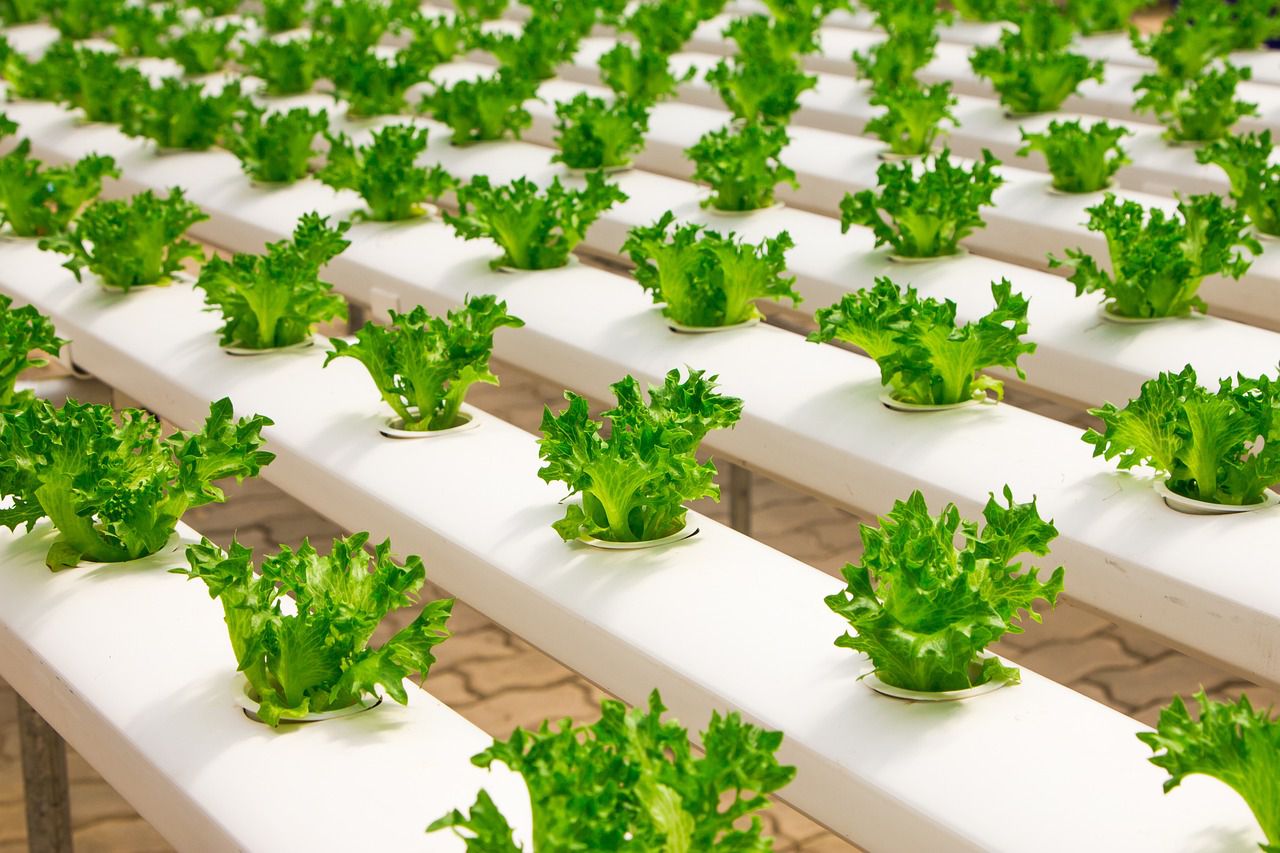Learn about hydroponics and aeroponics in gardening: New ways of growing pants
Hydroponics and aeroponics are innovative methods of gardening that involve growing plants without traditional soil.
Instead, they rely on nutrient-rich water solutions (in the case of hydroponics) or mist (in the case of aeroponics) to provide plants with the necessary nutrients for growth.
These methods offer advantages such as controlled environments, efficient resource use, and faster plant growth.
Hydroponics
Hydroponics is a soilless cultivation method where plants are grown in a nutrient-rich water solution.
The roots of the plants are directly immersed in or exposed to the nutrient solution, which provides all the essential minerals and elements needed for growth.

Deep Water Culture
In this method, plant roots are suspended in a nutrient solution that is continuously oxygenated.
The roots have direct access to water and nutrients.
Nutrient Film Technique
Nutrient solution is continuously circulated over the roots in a thin film, providing constant nutrient availability.
Drip System
Nutrient solution is periodically dripped onto the growing medium or plant roots, allowing for controlled nutrient delivery.
Wick System
A passive system where a wick transports the nutrient solution from a reservoir to the roots, maintaining a consistent moisture level.
Aeroponics
Aeroponics is a more advanced form of soilless cultivation that involves growing plants in an air or mist environment.
Plant roots are suspended in air, and a nutrient-rich mist is sprayed directly onto the roots.
The mist provides the necessary nutrients while also delivering oxygen.
This method is known for promoting rapid plant growth due to the high oxygen availability to the roots.
